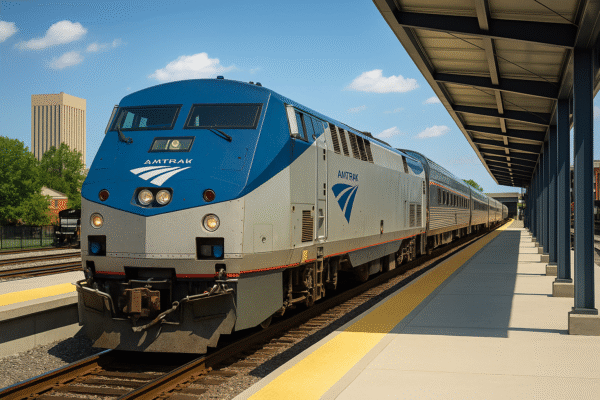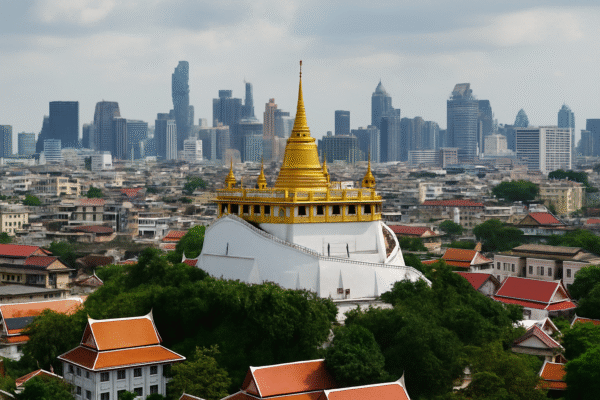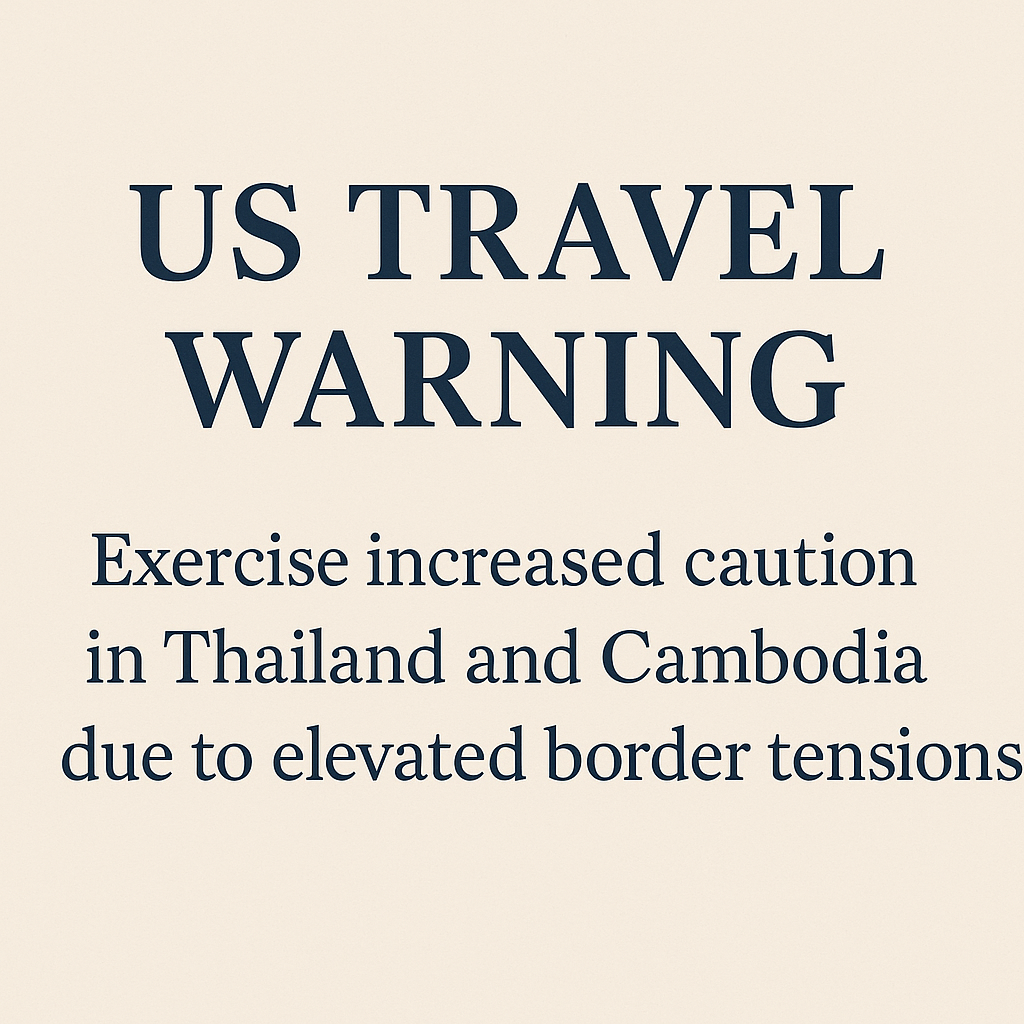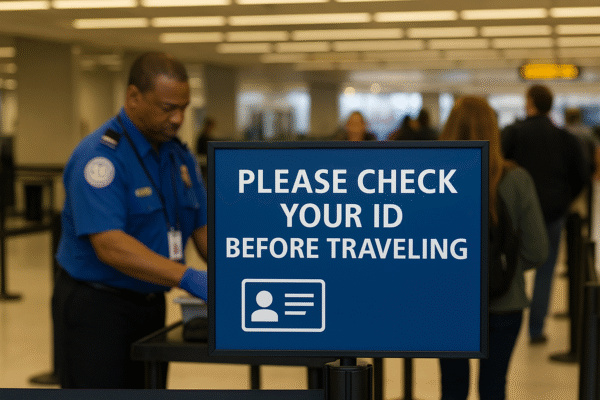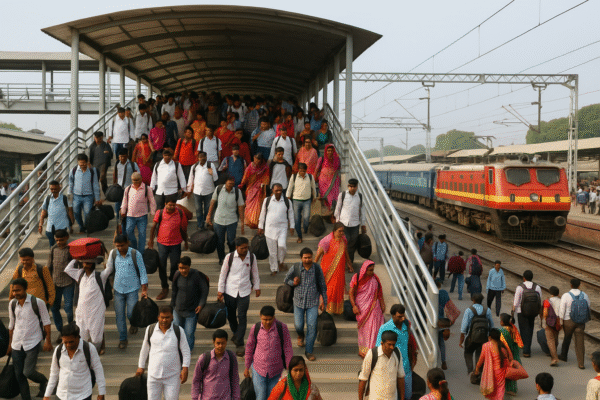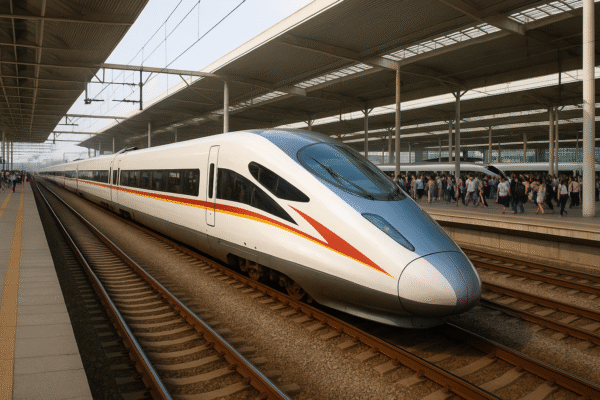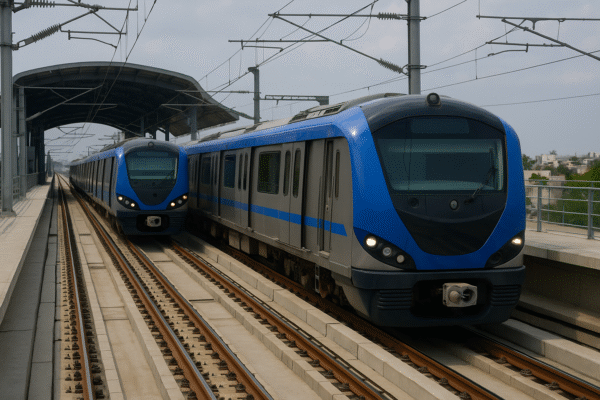In a significant move to enhance railway safety and passenger experience, the Indian Railways has rolled out a nationwide crowd control initiative across 73 high-density railway stations, including major transit points such as New Delhi, Anand Vihar, Varanasi, Ayodhya, and Ghaziabad. This modernization effort aims to address long-standing challenges associated with overcrowding during peak travel seasons, particularly around festivals, pilgrimages, and national holidays.
The initiative comes at a time when India’s rail network—one of the busiest in the world—is witnessing record footfalls, handling over 23 million daily passengers, according to the Ministry of Railways.
Confirmed-Ticket Entry and Centralized Station Command
A cornerstone of the new initiative is the restriction of platform access to confirmed ticket holders only. Individuals with waitlisted or unreserved tickets will now be directed to designated holding zones outside station buildings, limiting unnecessary congestion on platforms.
To ensure swift decision-making during emergencies and peak demand periods, each of the 73 targeted stations will now operate under the direct command of a Station Director—a senior railway officer with both operational and financial autonomy. This new role ensures immediate on-ground responses, bypassing red tape and fragmented departmental coordination.
All departments—ticketing, platform management, commercial operations, and security—will report directly to the Station Director, who is authorized to implement emergency protocols, restrict passenger entry, and temporarily halt ticket sales based on real-time crowd data.
Infrastructure Enhancements: Foot-Over Bridges and Holding Zones
Learning from successful trials during the 2024 Mahakumbh and Diwali travel surges, the Railways is permanently implementing holding zones at several major hubs. Locations like New Delhi, Varanasi, Ayodhya, and Ghaziabad have already demonstrated improved crowd flow with this system.
In parallel, two new standardized foot-over bridge (FOB) designs have been introduced—12 meters (approx. 40 feet) and 6 meters (approx. 20 feet) wide. These wider bridges will replace narrower walkways at many busy stations, ensuring smoother foot traffic across platforms and exits. The FOBs will include ramp access to assist senior citizens, persons with disabilities, and passengers carrying luggage.
Upgraded Security with Multi-Agency Coordination
Indian Railways is significantly strengthening station-level security in collaboration with the Railway Protection Force (RPF), Government Railway Police (GRP), and local law enforcement. Security personnel will be strategically deployed at entry gates, FOBs, holding zones, and ticketing areas, supported by real-time CCTV surveillance and improved digital communication.
Plainclothes intelligence agents will be stationed across the premises to monitor potential threats or dangerous crowd dynamics. These operatives will relay immediate alerts to Station Directors, enabling preemptive action to avoid stampedes or bottlenecks.
Each staff member will wear standardized uniforms and identity badges for clear visibility, enhancing accountability and helping passengers distinguish authorized personnel for guidance.
Tech-Driven Passenger Management and Real-Time Decisions
To modernize internal operations, Indian Railways is deploying advanced communication tools including next-generation walkie-talkies, public address systems, and integrated call setups to synchronize efforts between departments during crowd surges.
Station Directors are also empowered to suspend ticket sales if capacity thresholds are crossed. For instance, if no onward trains are available or platforms are nearing saturation, ticket counters and online booking options for that station can be temporarily disabled—ensuring platforms remain safe and manageable.
This is a first-of-its-kind authority delegated at the station level and represents a radical shift in operational governance, ensuring India’s growing rail demand does not compromise safety.
Ayodhya and Varanasi: Key Pilgrimage Points Get Special Focus
With Ayodhya emerging as a spiritual megadestination following the opening of the Ram Mandir and Varanasi drawing millions of pilgrims each year, both cities are receiving prioritized infrastructure and crowd-control attention. These stations are being modeled as templates for faith-based tourism mobility management, with wider FOBs, extensive holding areas, and high alert security zones.
According to Northern Railway, these upgrades are aligned with the government’s broader goal of promoting religious tourism under the PRASAD (Pilgrimage Rejuvenation and Spiritual Augmentation Drive) scheme by the Ministry of Tourism.
A Blueprint for National Rail Transformation
This crowd management overhaul is part of the Indian Railways’ larger ‘Amrit Bharat Station Scheme’, which envisions modernizing 1,300 stations nationwide with world-class amenities, better integration with local transport, and advanced safety protocols.
According to a statement from Railway Minister Ashwini Vaishnaw, “This is not just a safety initiative—it’s a complete reimagining of how India’s train stations operate. With the scale of festivals like Holi, Diwali, and Chhath Puja, we need proactive tools, not reactive responses.”
What This Means for Travelers
For both domestic and international travelers, these changes mean less chaos, better information access, and improved boarding experiences, particularly at tourist-heavy nodes like New Delhi, Varanasi, and Ayodhya. Those planning train journeys during high-demand seasons should ensure they hold confirmed reservations and arrive at the station well in advance to pass through security and holding areas efficiently.
Conclusion: A Safer, Smoother Rail Future
India’s ambitious new railway crowd control initiative is not just a response to immediate logistical pressures—it’s a strategic blueprint for future-ready transportation in a nation that increasingly relies on rail for mobility. With better-trained staff, smarter infrastructure, and stronger coordination across agencies, the Indian Railways is evolving into a safer and more efficient public transport backbone—one station at a time.
For more travel news like this, keep reading Global Travel Wire

